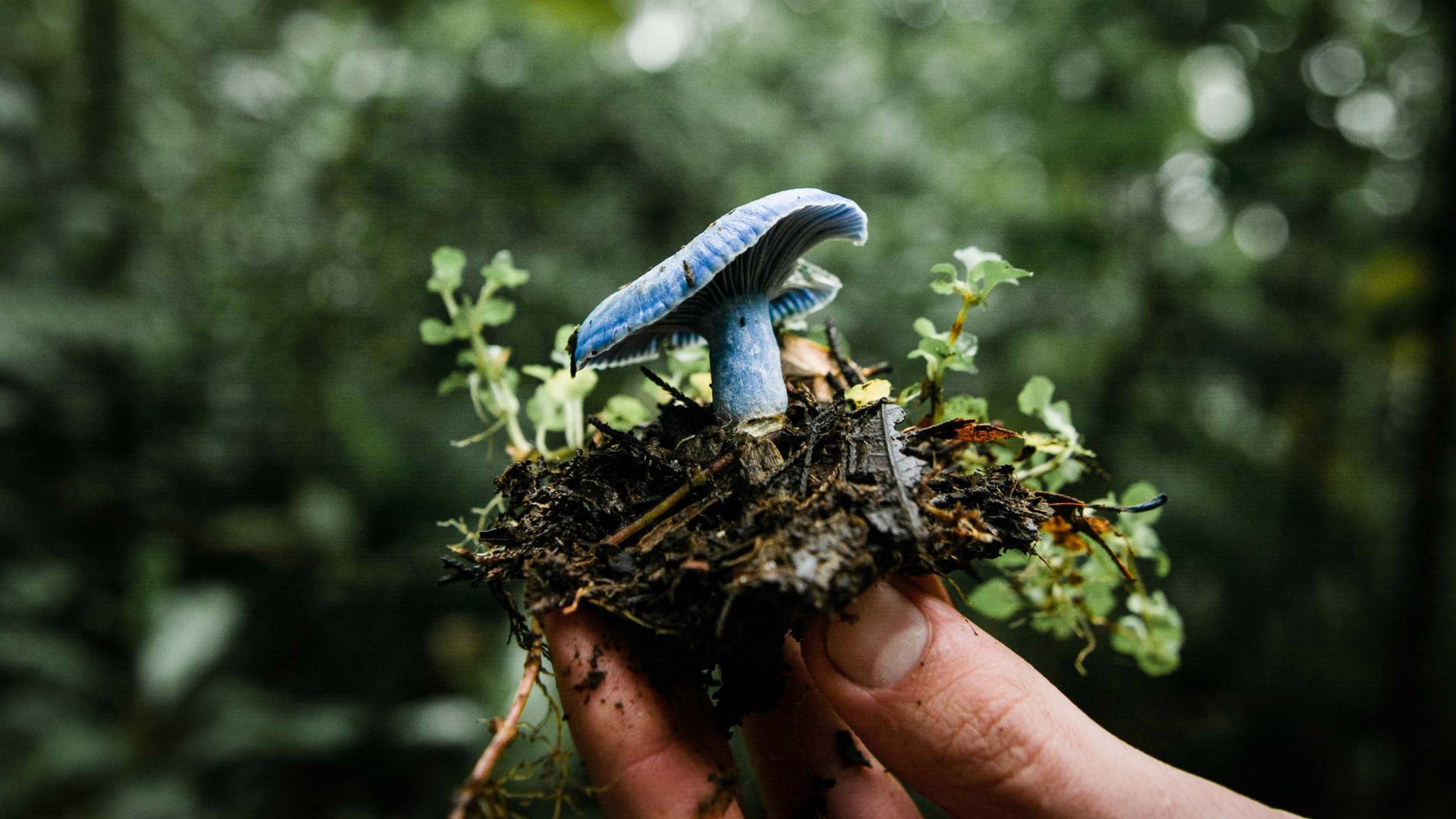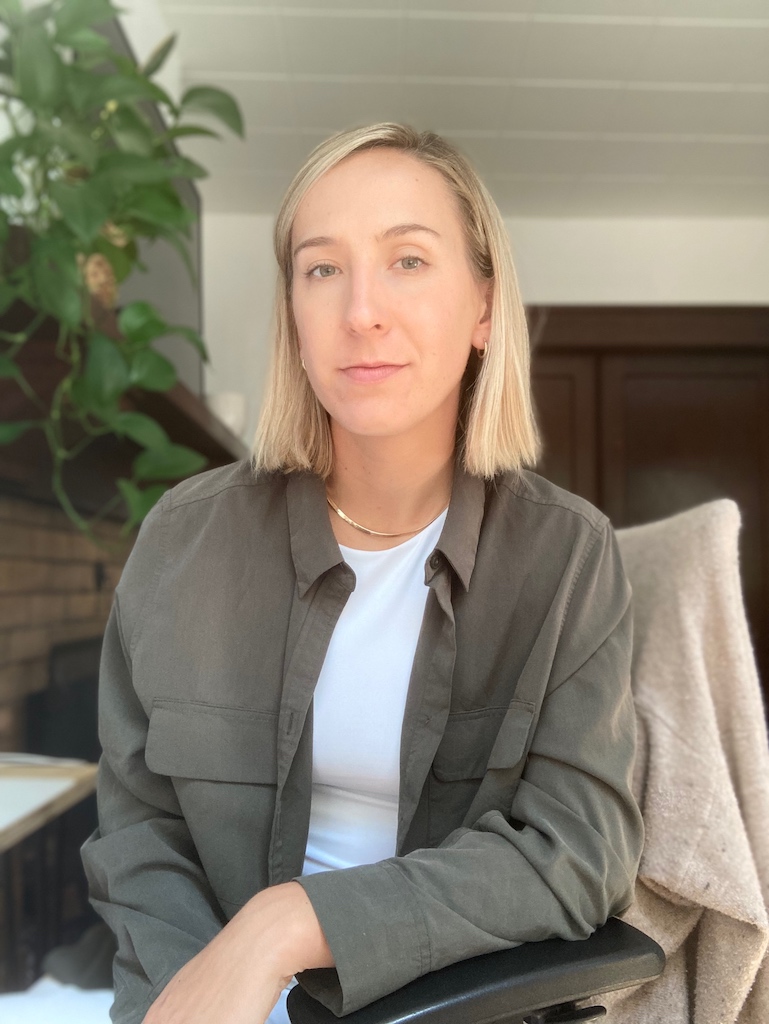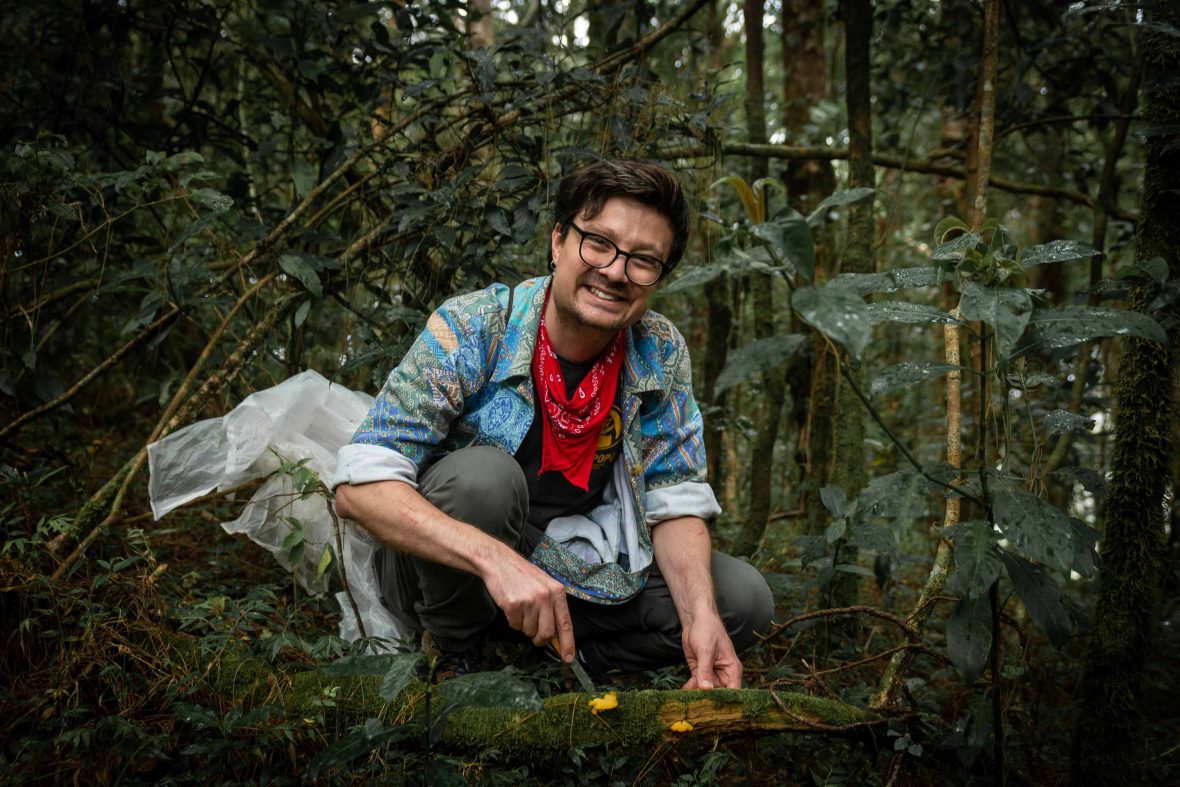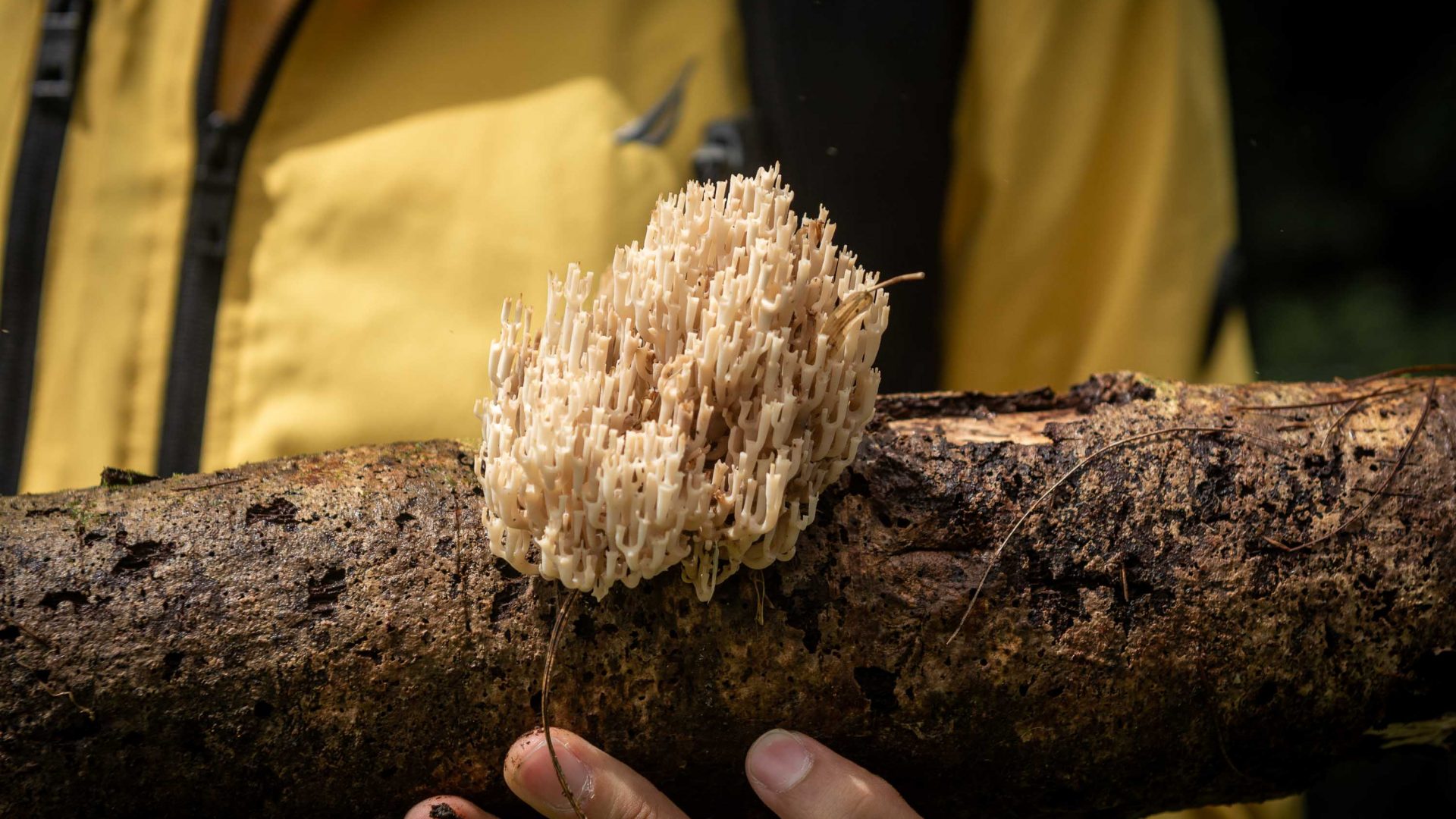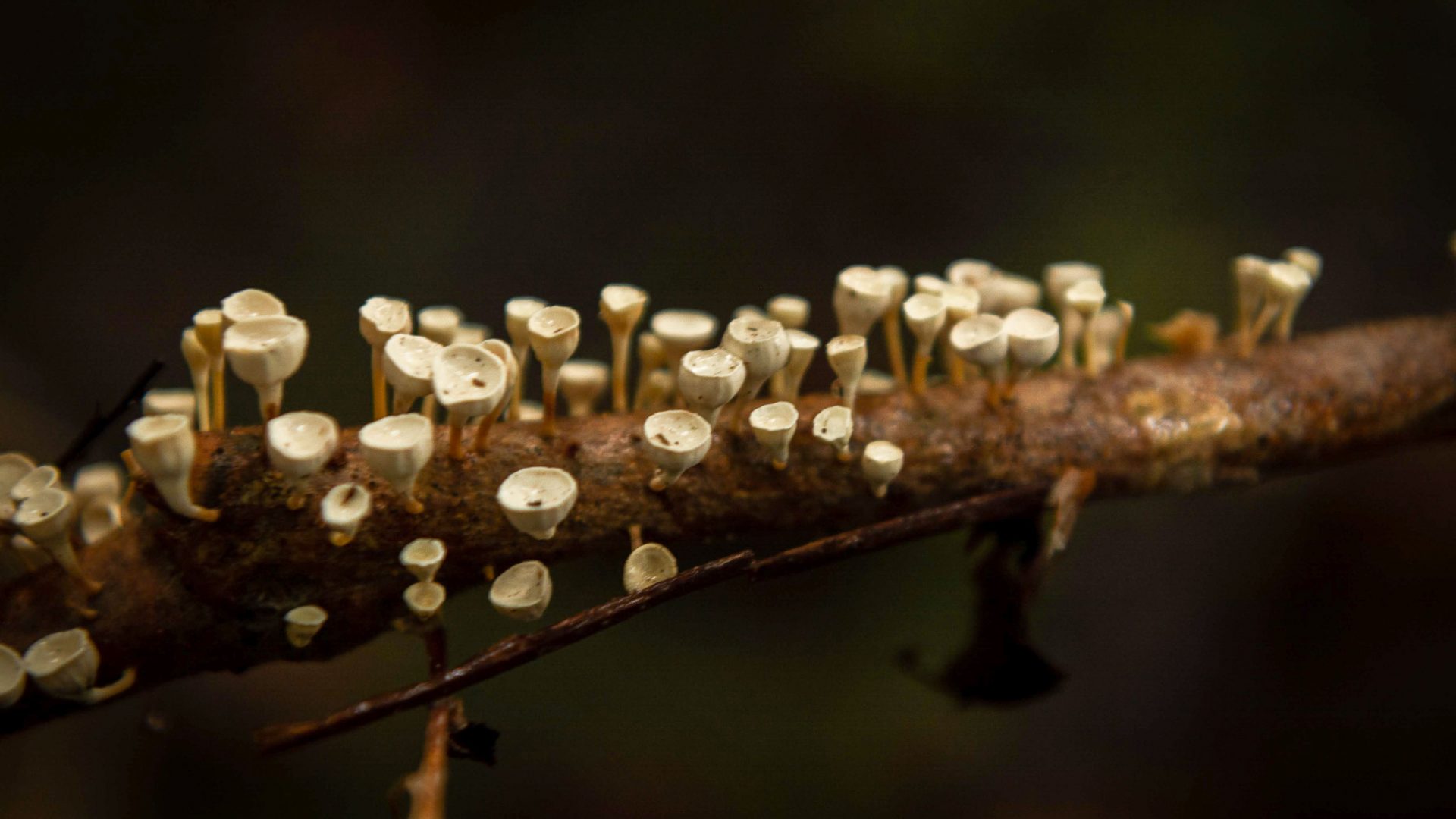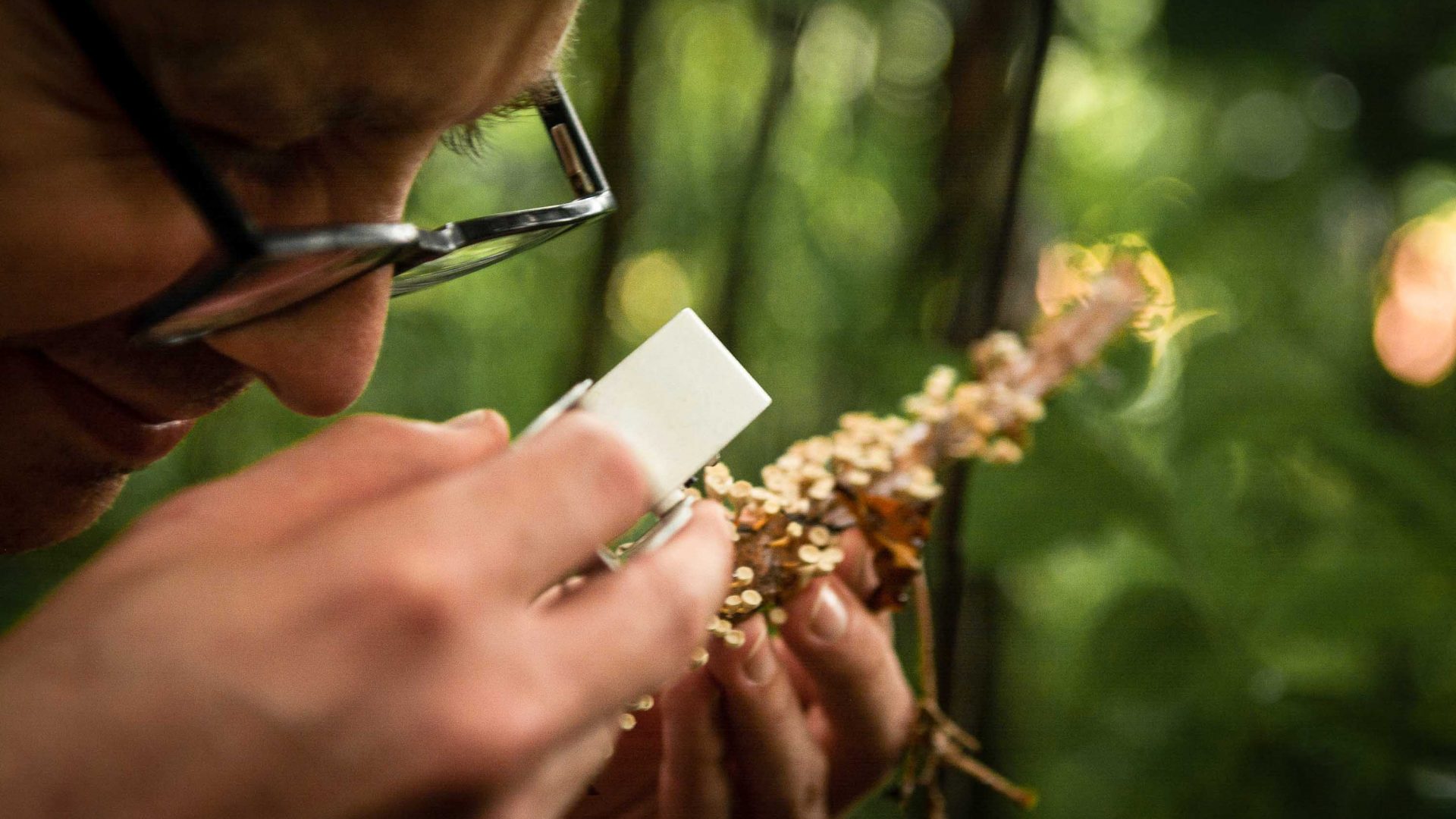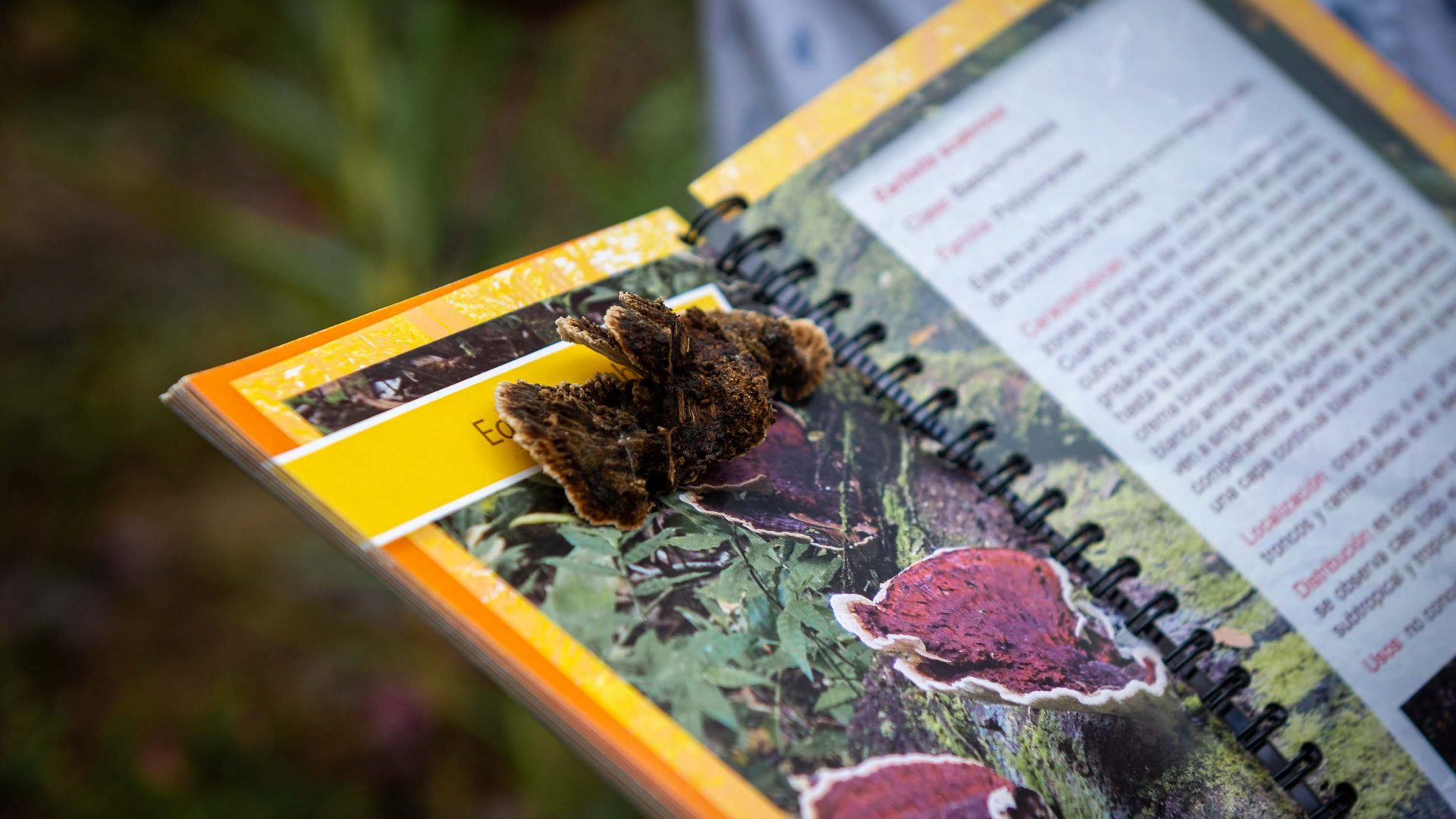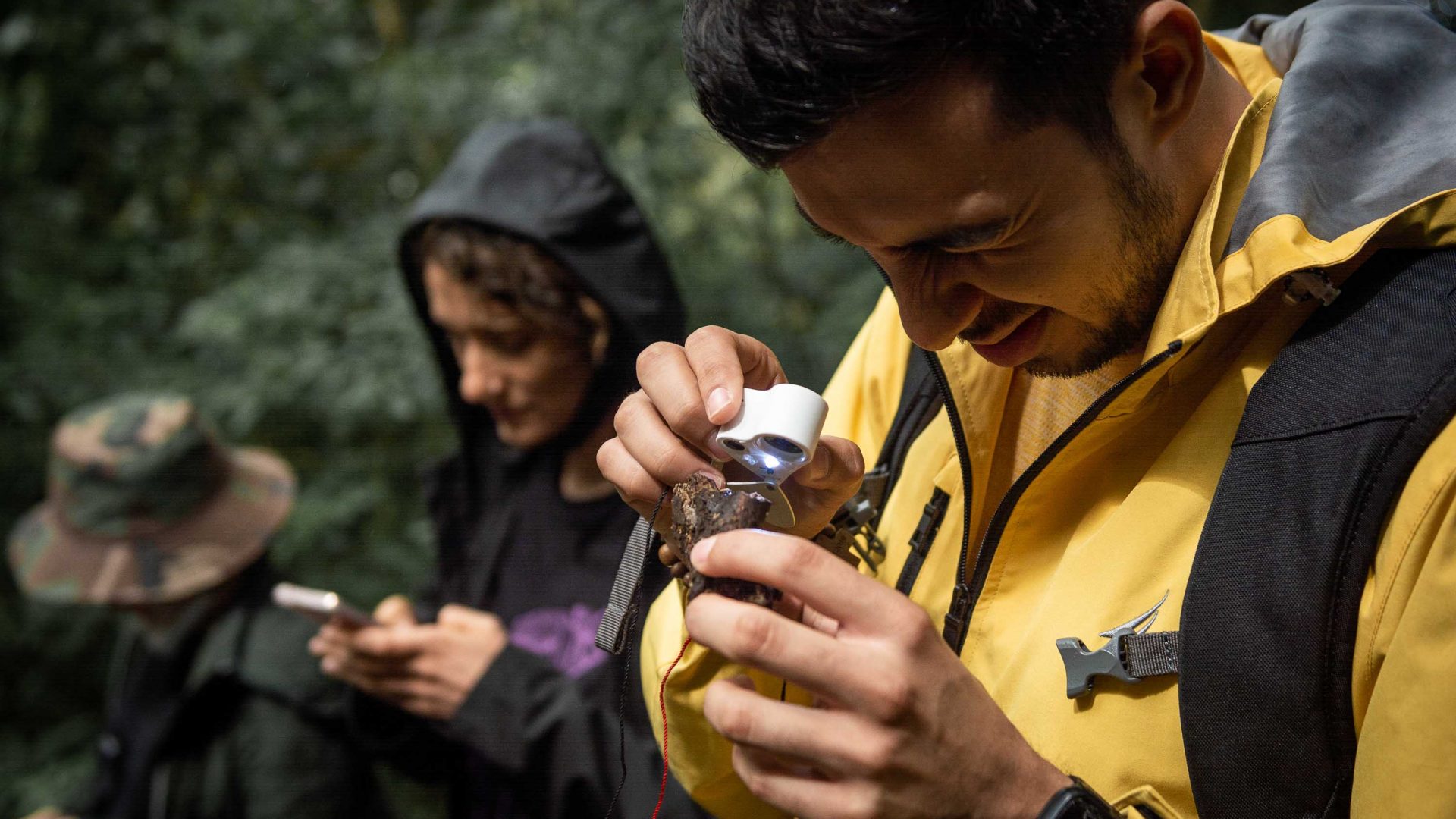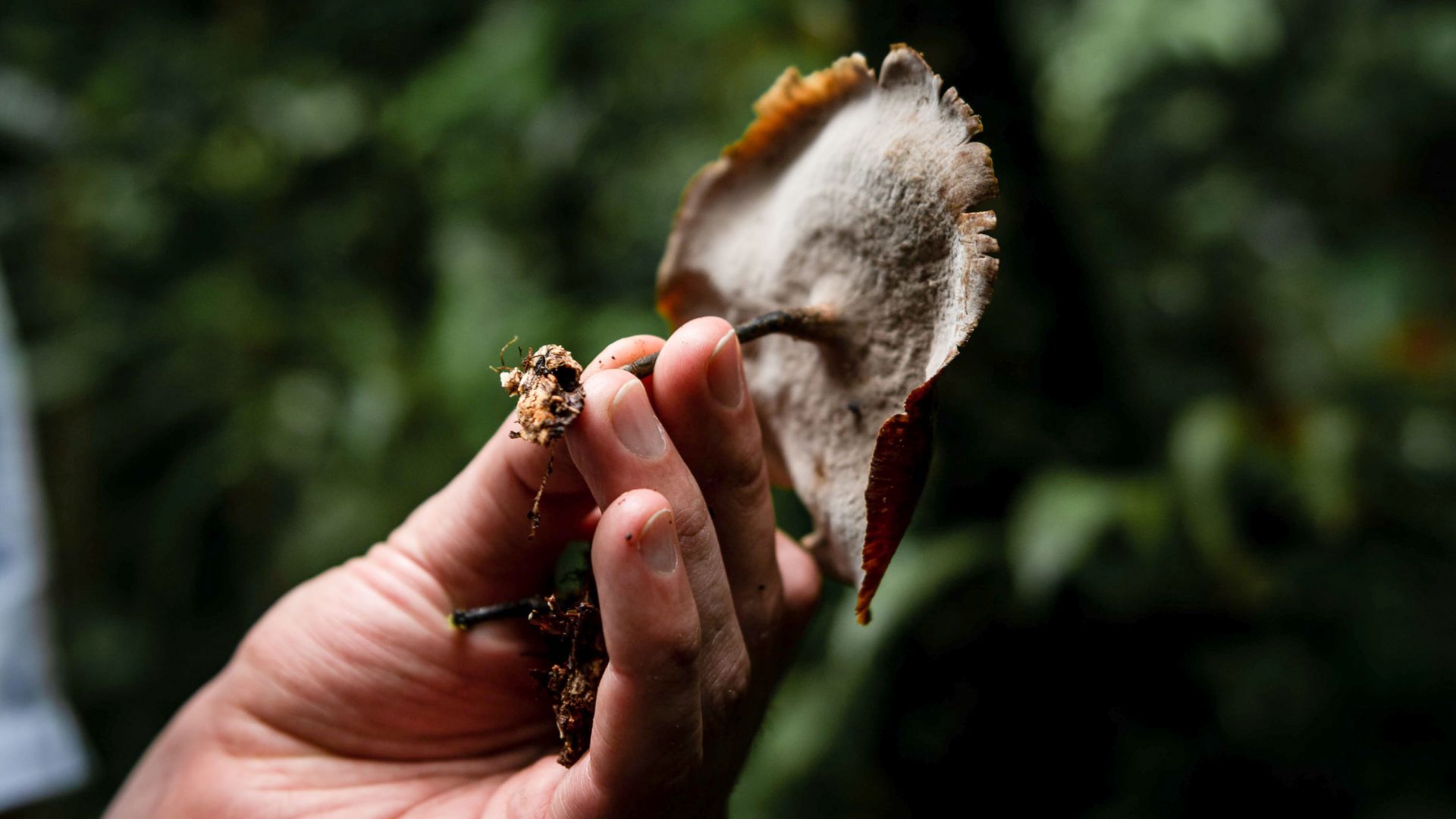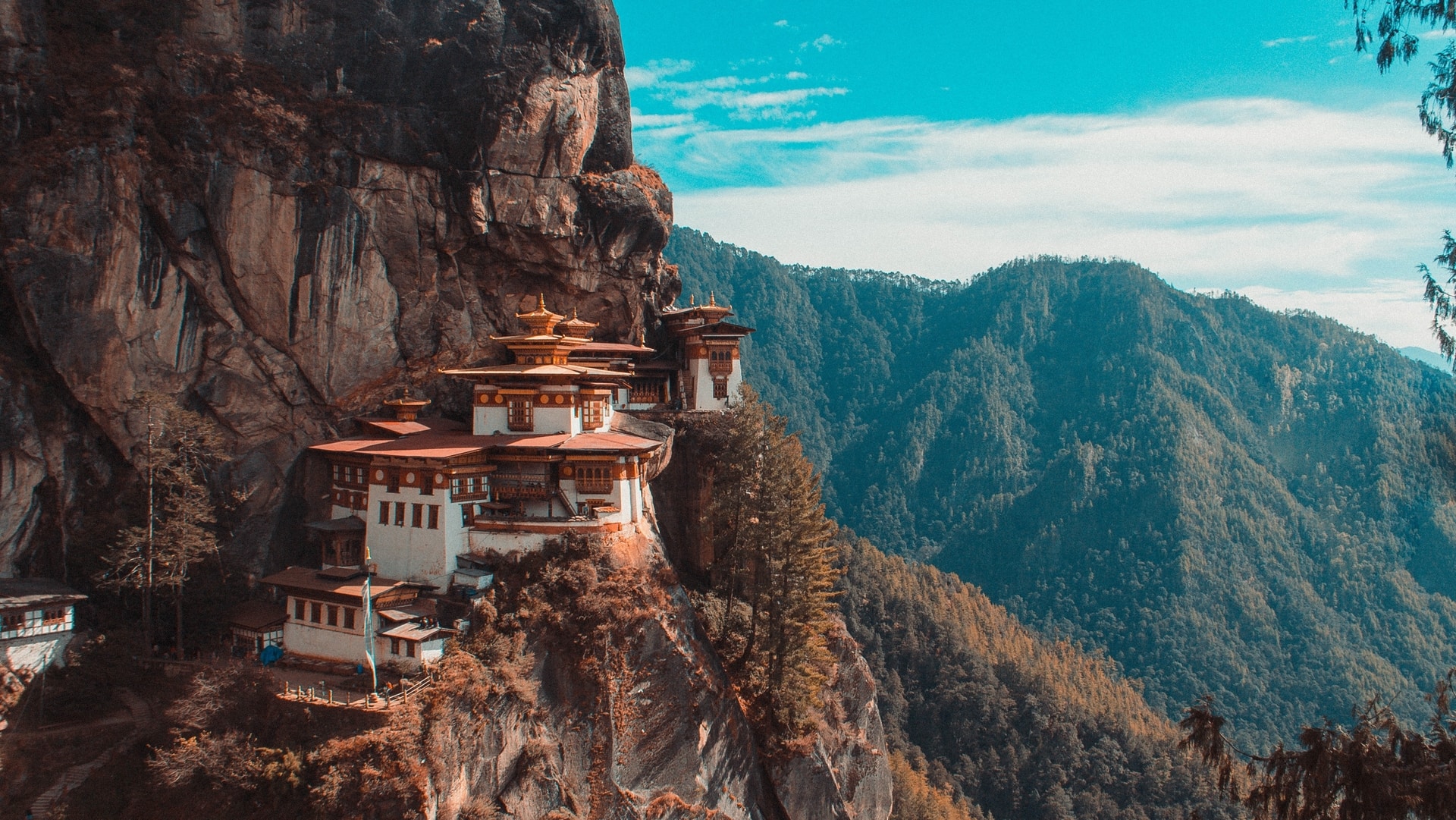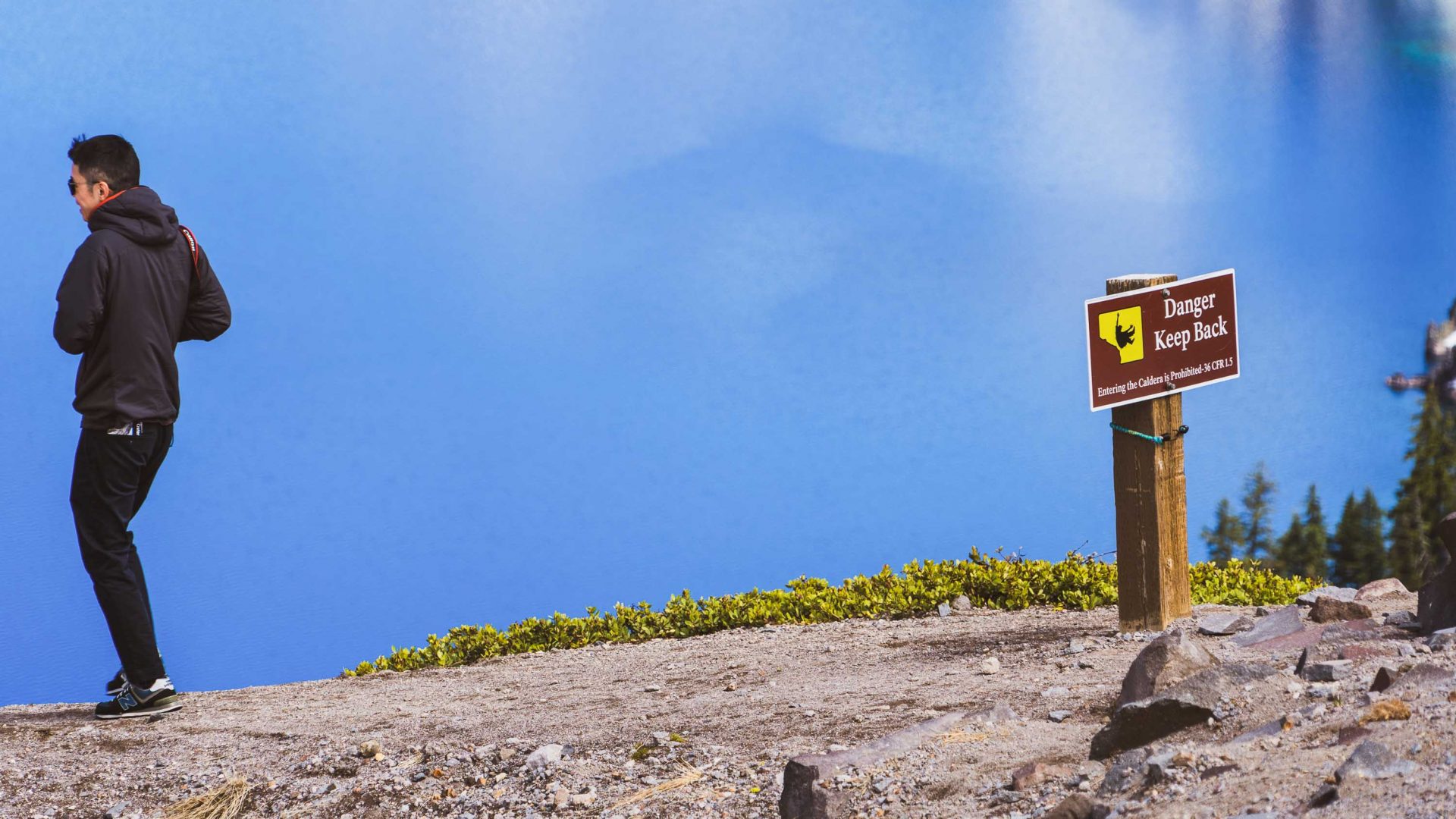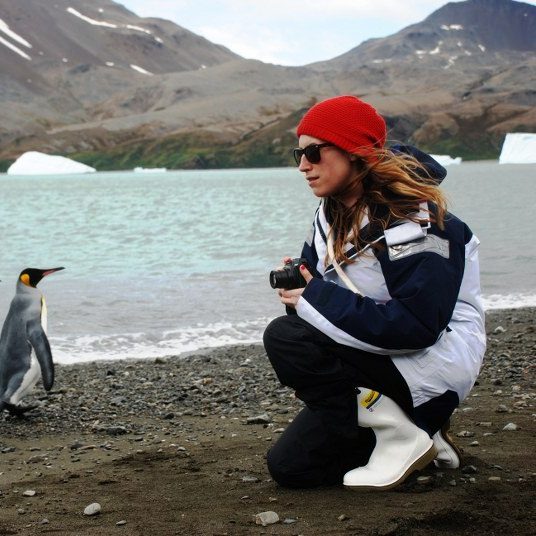Forget sloths, quetzals and toucans: There’s a new trail through Costa Rica’s diverse ecosystems, and it’s showcasing the country’s precious… mushrooms. Beyond buoying the country’s already-strong ecotourism opportunities, trip organizers are encouraging citizen science and conservation participation in a fun world of fungi.
Most days, Luis Francisco Ledezma ventures into Costa Rica’s forests carrying a handbasket and tiny trowel. At all altitudes, from the country’s highlands to its lowlands, he gently combs the ground with his fingers looking for the supple bodies of mushrooms. Once he finds something interesting, he carefully plunges the shovel’s tip into the dirt and scoops the fragile fungal structure into his palm.
Using a pocket-sized magnifying glass (it’s all quite a cute process), Ledezma zooms in on the mushroom’s features: the cap, gills, stalk, hyphae, mycelium, and any visible spores. This identification is a crucial step in his research, not just for safe consumption, but for the conservation of the fungi kingdom.
Which, if you did not know, is a huge kingdom.
Along the Fungi Trail, Ledezma leads the way. The trail itself isn’t a continuous route like the Pacific Crest Trail in the US or Camino de Santiago in Europe. It’s more of a tour, like an ale trail or sightseeing excursion, of different destinations and events throughout the year. Stops aren’t popularized by advertisements or travel brochures either. Instead, the Fungi Trail showcases lesser-known ecosystems in more rural communities, like the La Selva Biological Station, a protected area of lowland tropical rainforests along the Río Puerto Viejo.
Eventually, as Ledezma and other organizers develop the trail beyond its pilot phase, they’ll involve Indigenous communities to rescue and honor ancestral knowledge of fungi and mushrooms. But to start, they’re taking it slow to first learn how visitors interact with the trail.
The trail’s first stop in May in Monte de la Cruz introduced participants to the most common wild fungi of the Central Valley. The focus in October will be on bioluminescent and cloud forest fungi in Monteverde—and there’s even a chance in December for participants to forage for edible mushrooms and learn how to cook with them at the Cerro las Vueltas Reserve.
Monthly experiences cater to a range of interests, and they’re accessible to people of all abilities, says Carlos Bolaños, director general at Oropopo. The mushroom excursions can take the better part of a day, but you usually won’t be walking more than 10 kilometers. Foraging takes patience and keen eyes.
“When you are looking for mushrooms, you walk slowly,” Bolaños says. “It’s not about the distance, it’s not about the exercise. It’s more about being connected with the forest, with the mushrooms.”
Once participants leave the trail, they’re encouraged to keep recording their findings through the iNaturalist app to contribute to the country’s catalog of fungi. So far, users have logged more than 500 species in Costa Rica. Ledezma has also reached out to the Ministry of the Environment and Energy to hopefully start a more formal documenting and monitoring program.
Globally, mushrooms are having somewhat of a moment in popular culture. There’s designer mushroom fashion and jewelry, mushroom-shaped furniture, mushroom coffee, mushroom tinctures, and at-home mushroom grow kits. Then there’s the entire psychedelic movement, in part brought back to the modern stage by Michael Pollan’s 2018 book, How to Change Your Mind, which dives into the power of psychedelic drugs in regards to mental health and wellness, which has been adapted into a Netflix docuseries this year.
And while the idea for the Fungi Trail didn’t emerge directly from the mushroom boom, it certainly helps Costa Rica to leverage myco-curiosities.
Ledezma thinks the popularity has something to do with the pandemic and climate change, with people reconnecting in nature and being more open about mental health. Studies show that cordyceps in mushrooms have pharmacological and therapeutic potential. “I think at a deeper level, it’s about the connection with nature and hope,” he says. Mushrooms are also proving to be useful alternatives to plastics, leather, and other high-carbon-footprint materials, and they have even been used in remediation cleanups of oil spills and wildfires.
“This amazing kingdom is the foundation for every ecosystem on the planet,” Ledezma says. “We want people to get closer to it to understand that we need to preserve and protect it.”
